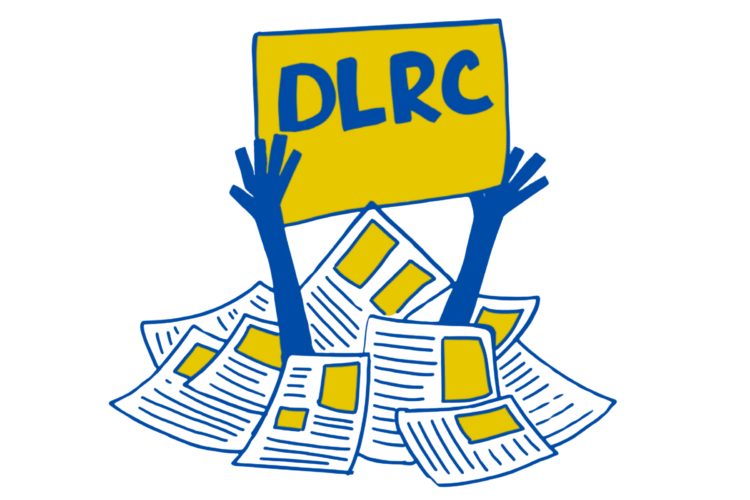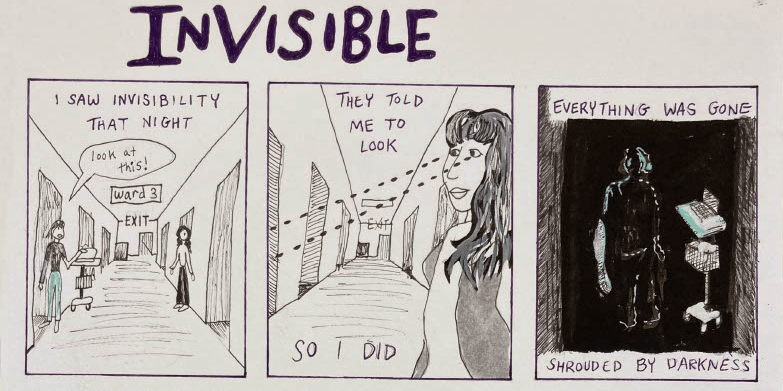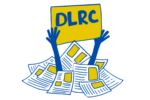The School of the Art Institute of Chicago’s objective is to “assemble a diverse body of intelligent and creative students.” However, for students with disabilities, this vision often remains out of reach due to systemic barriers in accessibility. While the Disability Learning Resource Center plays a critical role in supporting these students, it is stretched thin by overwhelming workloads and inadequate resources. This article aims to shed light on the impact of these challenges on the academic experience of students with disabilities.
The DLRC, located on the 13th floor of the Lakeview Building, works to provide “equal access to all SAIC programs, services, and facilities for students with disabilities,” according to its website. The center exists to satisfy requirements of the Americans with Disabilities Act and Section 504 of the Rehabilitation Act of 1973, which require schools and employers to take reasonable steps to accommodate disabilities.
As a graduate assistant in SAIC’s DLRC, I have witnessed firsthand the strain placed on the staff tasked with ensuring accessibility for students. DLRC director Valerie St. Germain manages a team of only four staff, including herself.
St. Germain shared that “we are a compliance office that manages accommodations for 1,250 registered students.” There are 3,395 students currently enrolled at SAIC. These numbers are unusually high in comparison to the research from the Association on Higher Education and Disability.
With almost half of the school needing accommodations, it begs the question if there are aspects of SAIC that are generally inaccessible. St. Germain explained that it is the office’s job to look into where the institute is lacking in accessibility. However, with all of the DLRC’s responsibilities, it cannot be properly addressed.
In response, the office is crafting a proposal to hire additional staff, but the current imbalance between the demand for services and available resources underscores a larger institutional issue: SAIC’s failure to adequately support its DLRC, compromising the academic success and well-being of nearly half of its student body.
Many students feel SAIC lacks accessibility in both physical and academic areas. Students have shared concerns about the inconsistent awareness and support from faculty when it comes to accommodations.
“My health often leaves me too physically tired to walk to and from class but my professors insist they do not have the capacity to record the lecture or host a Zoom call,” said A, an undergraduate in the Painting and Drawing department, who asked to remain anonymous.
A said it is often difficult to manage all of her appointments outside of school while also having to find someone who can take notes and catch her up on the material.
Others said they felt that the process for receiving accommodations was unclear.
“I know a lot of peers who have accommodations but it’s still not totally talked about – how to get them or what they do. I didn’t know that there was even an accommodation that was an option for me,” said H, a senior in SAIC’s fashion department who also asked to remain anonymous.
“Students remain uninformed about the types of accommodations available,” H said.
These challenges, coupled with delays in receiving accommodations from the DLRC due to understaffing, leave many students feeling underserved and unsupported in their academic journey.
As more students with disabilities seek support from the DLRC, the team’s workload increases. Each student presents unique needs; for example, a student with a mobility impairment might require classroom adjustments or transportation accommodations, while a student with a learning disability may need extended time on assignments.
Increasing staff numbers is only part of the solution. A significant portion of the workload could be reduced by improving the operational systems used within the DLRC and by making SAIC’s teaching and campus environment more inherently accessible.
Many of the requests handled by the DLRC could be streamlined, or even eliminated, if the institution adopted more universally accessible practices. Accessible classroom layouts, closed-captioned lectures, and flexible assessment methods would allow students to engage in their education without individual accommodations.
Furthermore, upgrading operational systems within the school itself, such the DLRC’s digital system for scheduling accommodations and its communication platforms, would allow staff to focus on the more complex, high-need cases. This would reduce the burden of excessive administrative tasks.
SAIC does not have a dedicated Americans with Disabilities Act coordinator. This person would oversee that all campus facilities, from classrooms to public spaces, are fully accessible and compliant with the ADA, ensuring that faculty and staff, in addition to students, receive the accommodations they need to thrive in the workplace, creating an environment where everyone, regardless of ability, can contribute fully.
Many colleges and universities employ ADA coordinators, including several in Illinois. The University of Illinois Urbana-Champaign, Northeastern Illinois University, and the University of Illinois Chicago all have ADA coordinators.
Currently, SAIC has a 504 Coordinator, whose role focuses on ensuring compliance with Section 504 of the Rehabilitation Act. This includes managing accommodations for students with disabilities to prevent discrimination and ensure they have equal access to education.
However, a broader ADA Coordinator role would expand these efforts beyond academics, taking a more holistic approach to campus accessibility, including physical infrastructure, employee support, and policy development. This position is essential to making sure SAIC meets its accessibility commitments in every area.
This year, SAIC’s Diversity, Equity, and Inclusion office has taken significant steps to foster a more inclusive and equitable campus. Its proactive approach gives me hope that it will address key areas of accessibility. Recognizing that accessibility is a vital part of equity, the DEI office has already started important conversations around how to make SAIC a more welcoming space for marginalized students.
Working closely with the DLRC would put the DEI office in a strong position to push for meaningful changes that extend beyond basic accommodations and create an inherently accessible environment. The DEI office is well-positioned to advocate for digital accessibility across all platforms. By ensuring that online materials are captioned, compatible with screen readers, and structured in ways that are inclusive, the office can reduce the need for retroactive accommodations.
The accessibility challenges faced by students at SAIC underscore the pressing need for a more inclusive approach that addresses the diverse needs of all learners. Moving forward, it is essential for the institution to commit to ongoing evaluations and improvements in accessibility, ensuring that all students have equitable access to education and campus life. Only through sustained effort and collaboration can SAIC fulfill its promise of inclusivity and support for all members of its community.




















